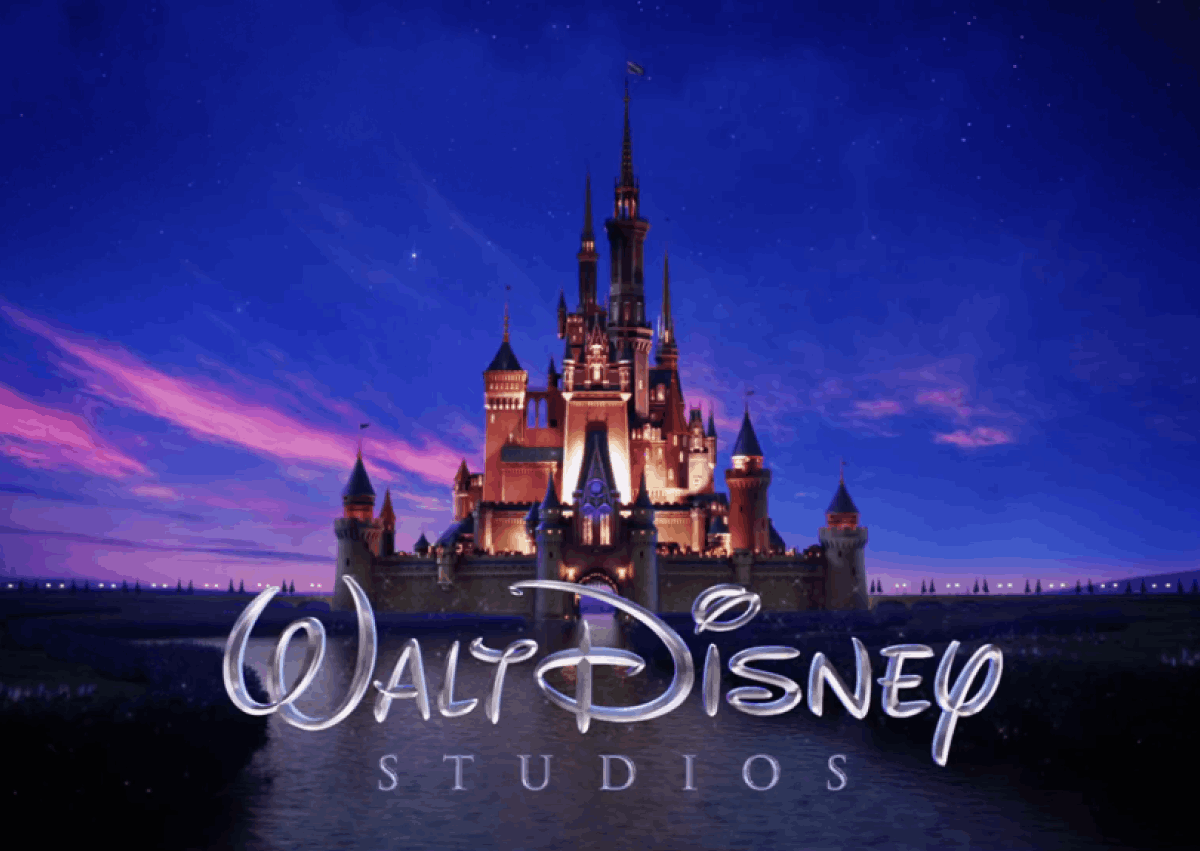
The Challenge
Disney Studios’ marketing organization was operating on an outdated, fragmented ecosystem that could no longer keep pace with the scale and complexity of modern content distribution. Several challenges converged:
- Fragmented legacy systems — Marketing teams were relying on siloed tools that didn’t talk to each other.
- Lack of real-time analytics — Executives struggled to make quick, informed decisions without access to timely data.
- Manual, offline processes — Campaign planning and execution depended heavily on spreadsheets, email, and manual workarounds, which slowed down agility and productivity.
- Rising complexity — The acquisition of 20th Century Fox and the launch of Disney+ added layers of operational and strategic complexity, requiring new tools and workflows that the old systems couldn’t support.
The result was an environment where teams were working harder but without the visibility or insights needed to scale effectively.


